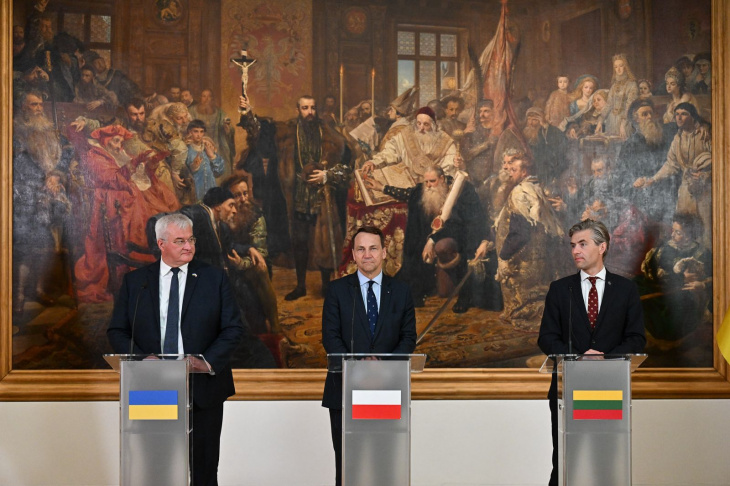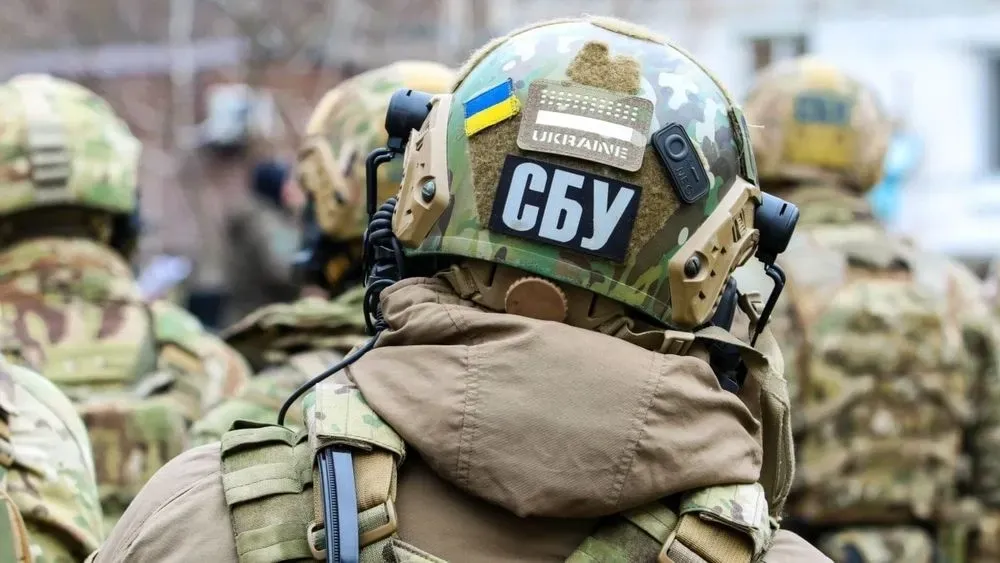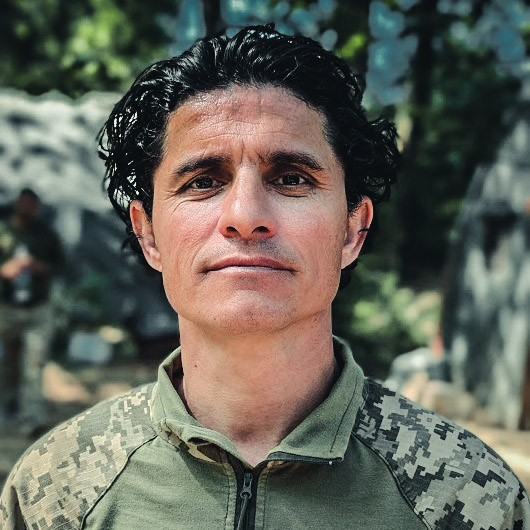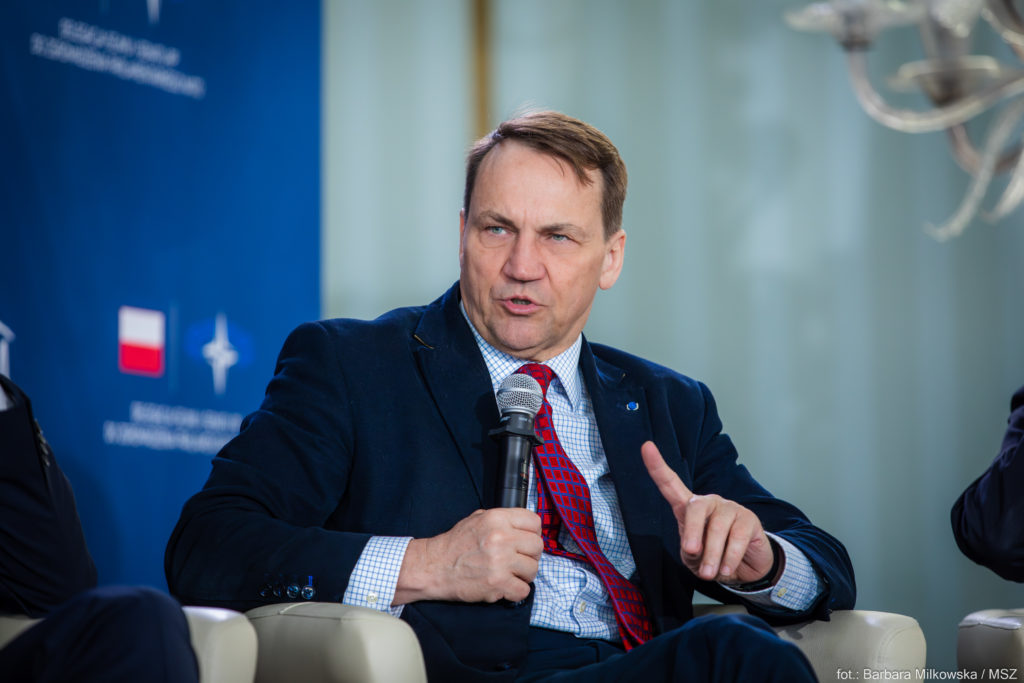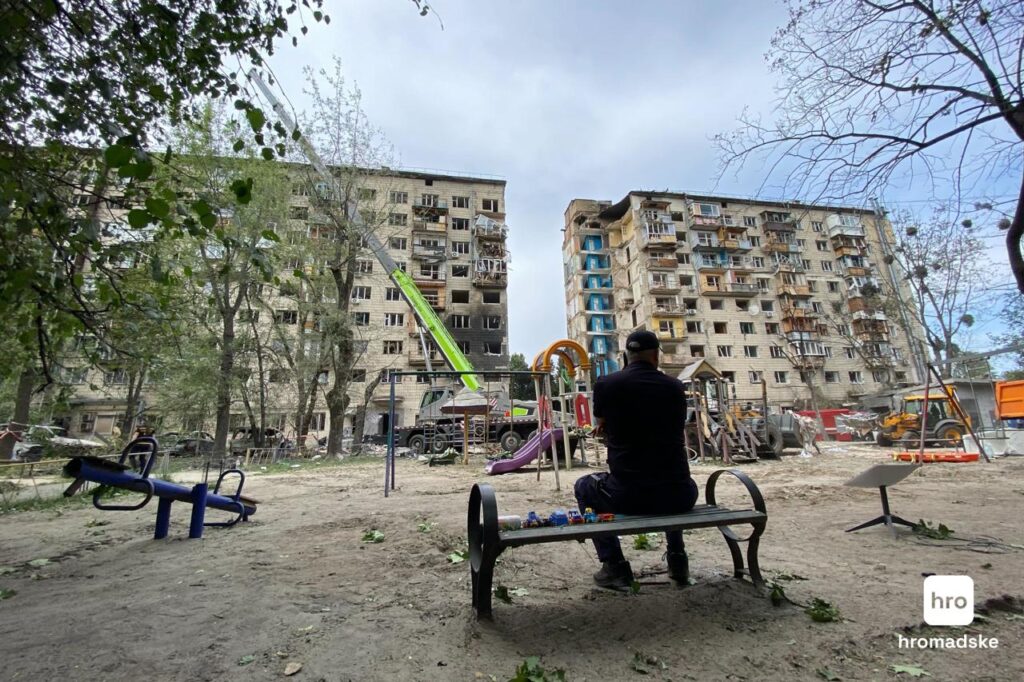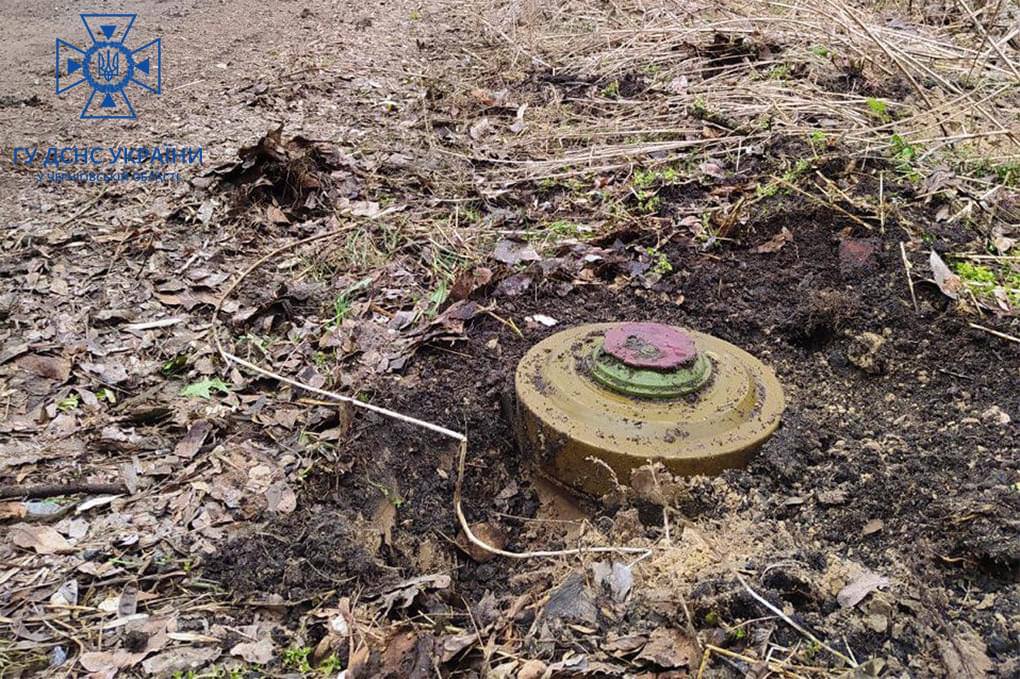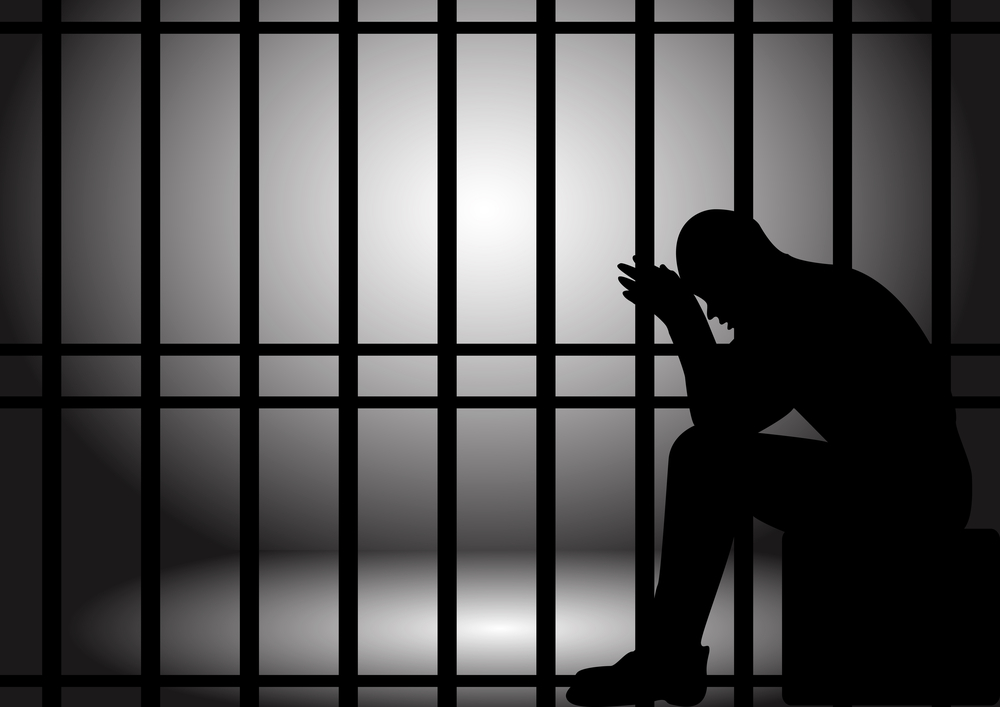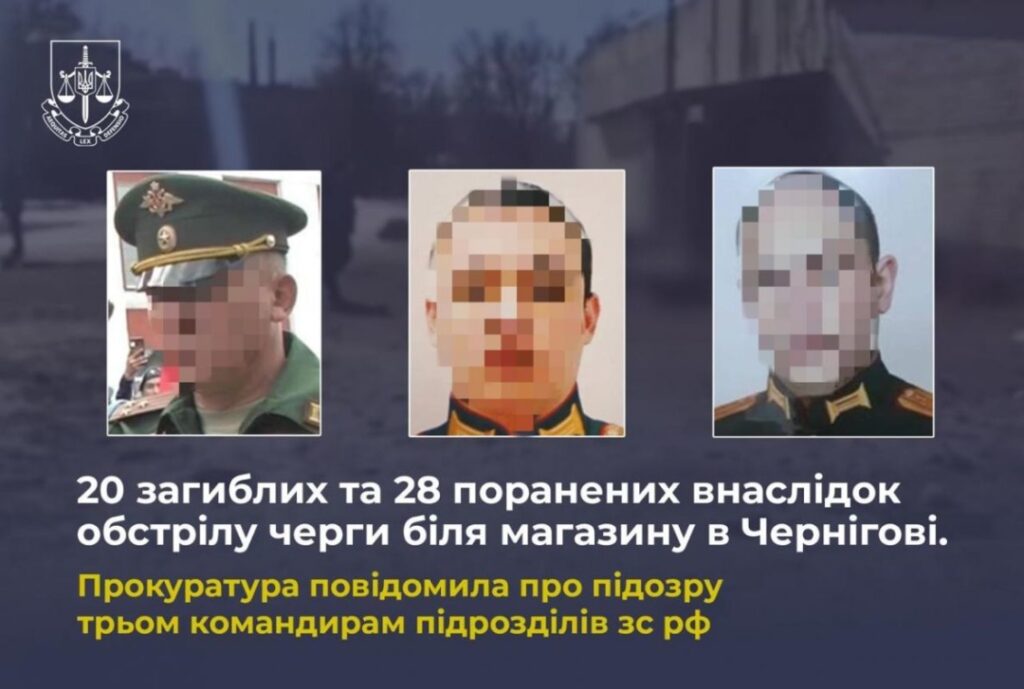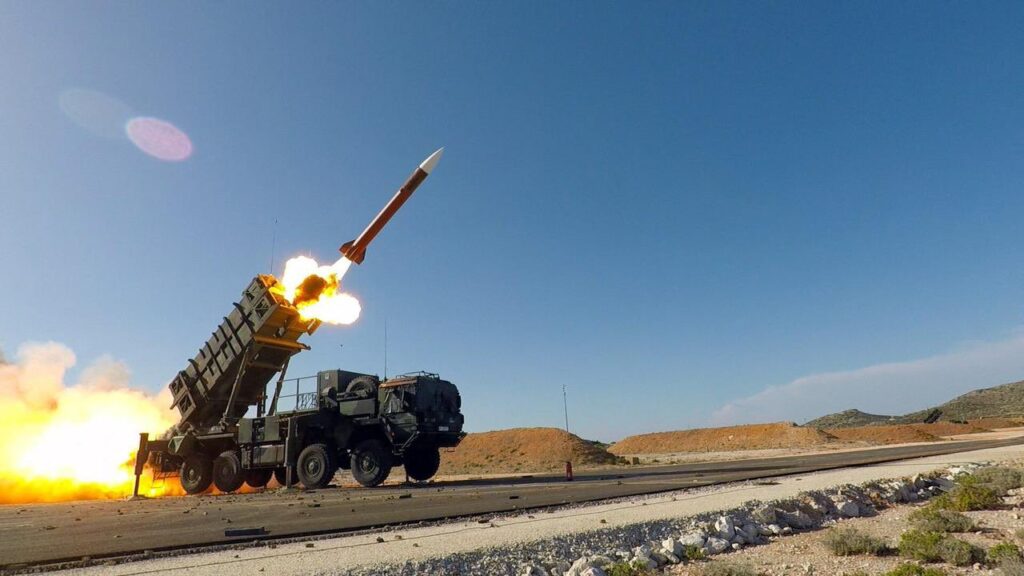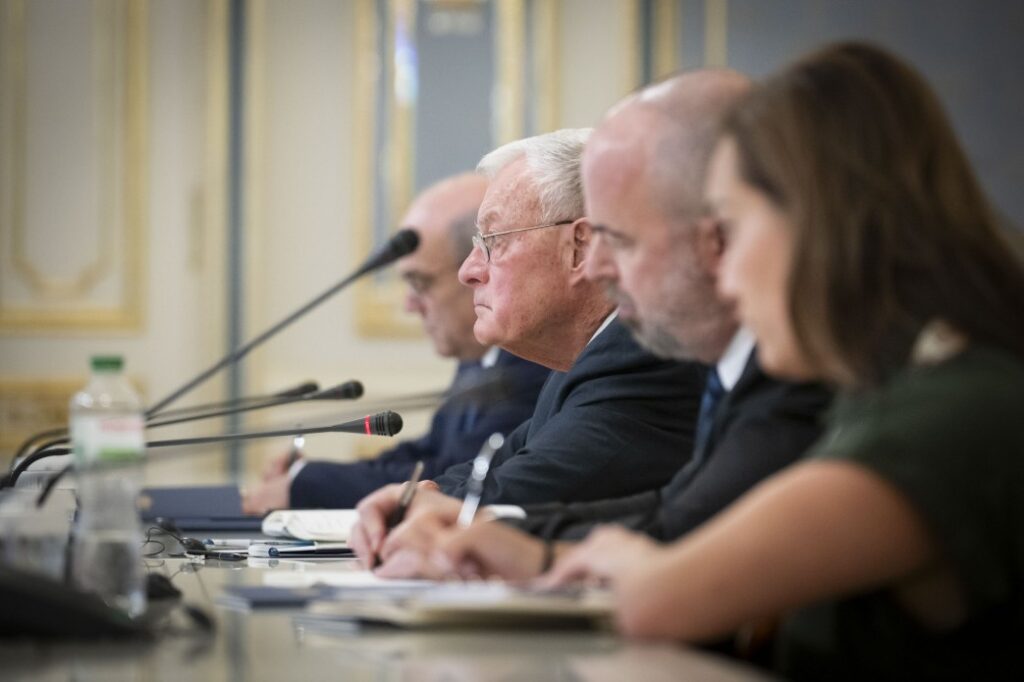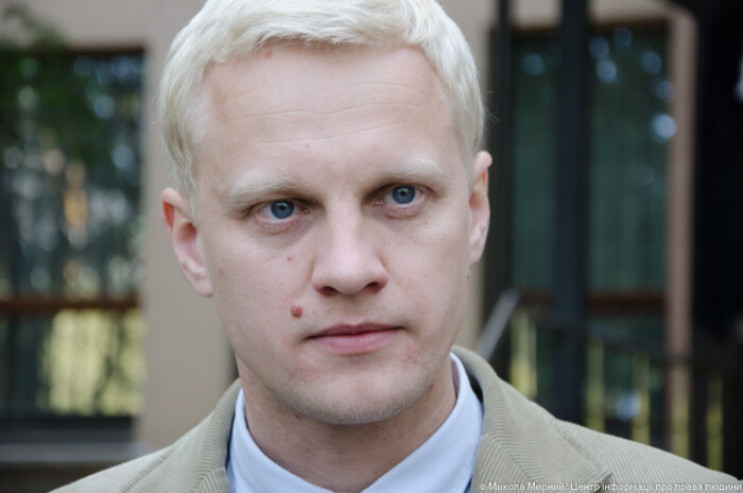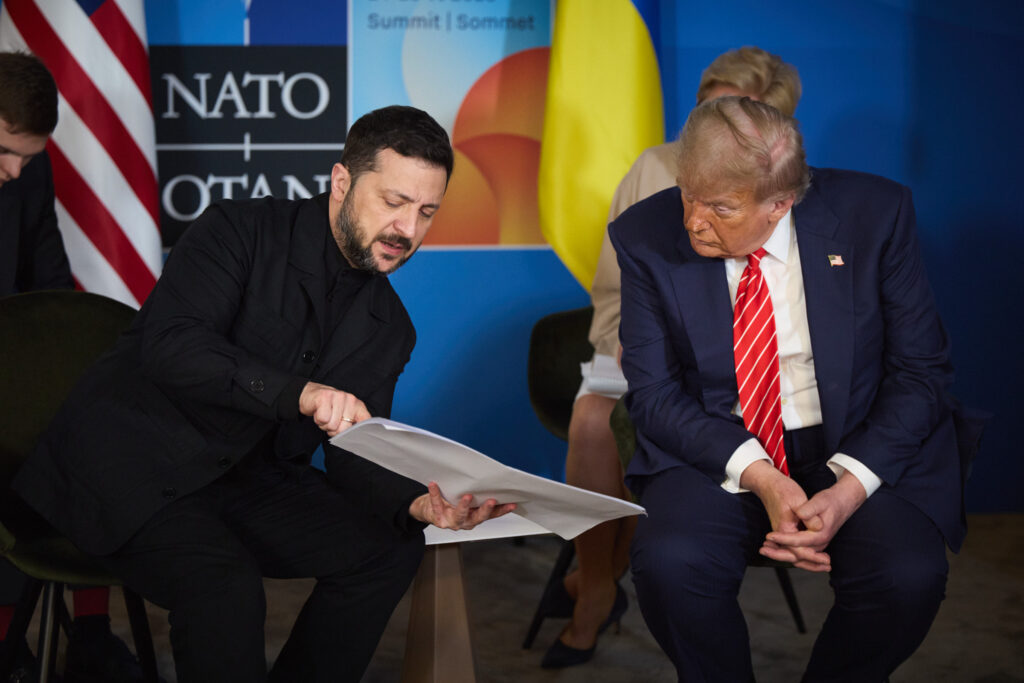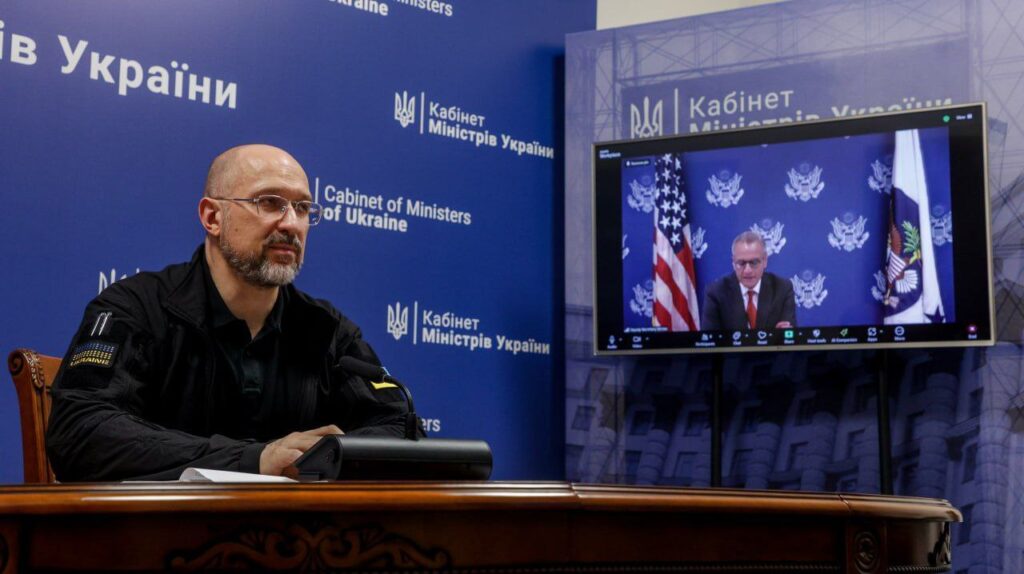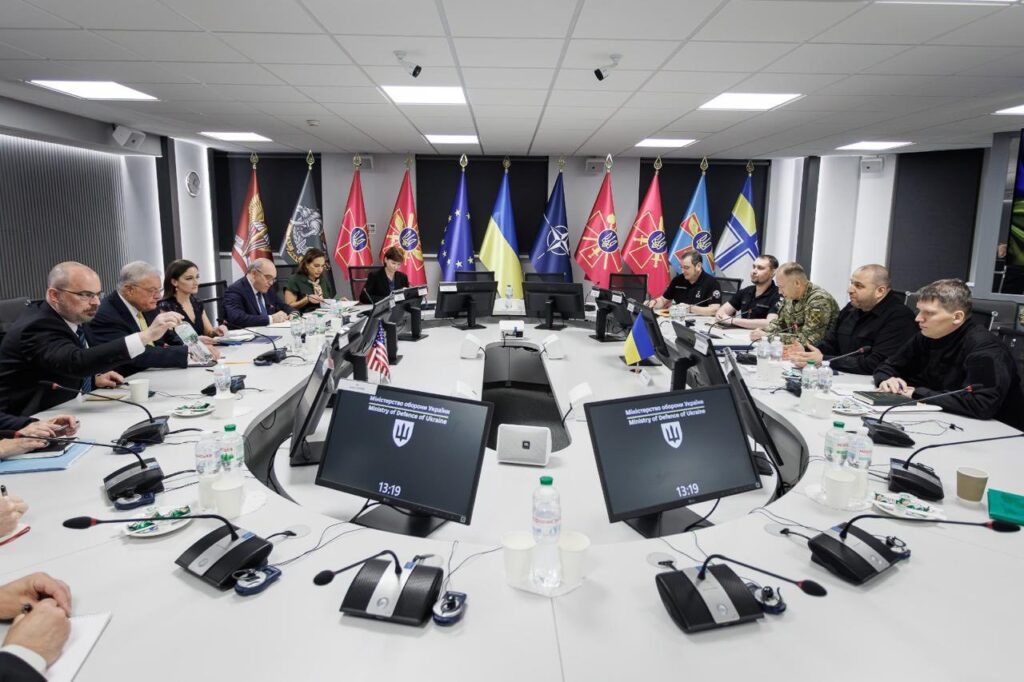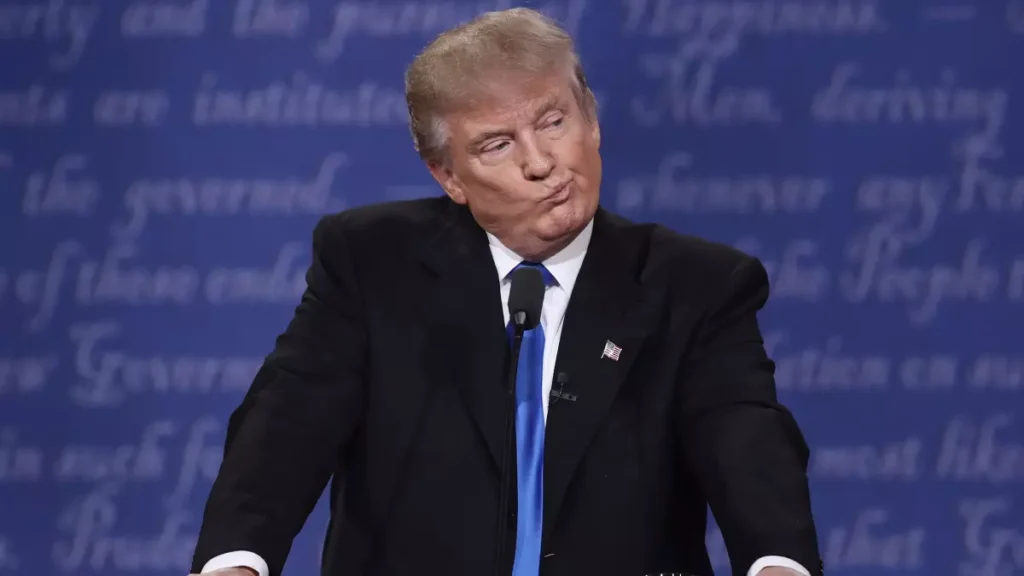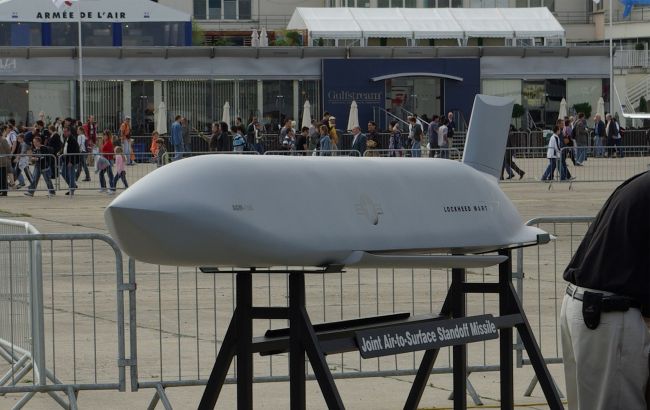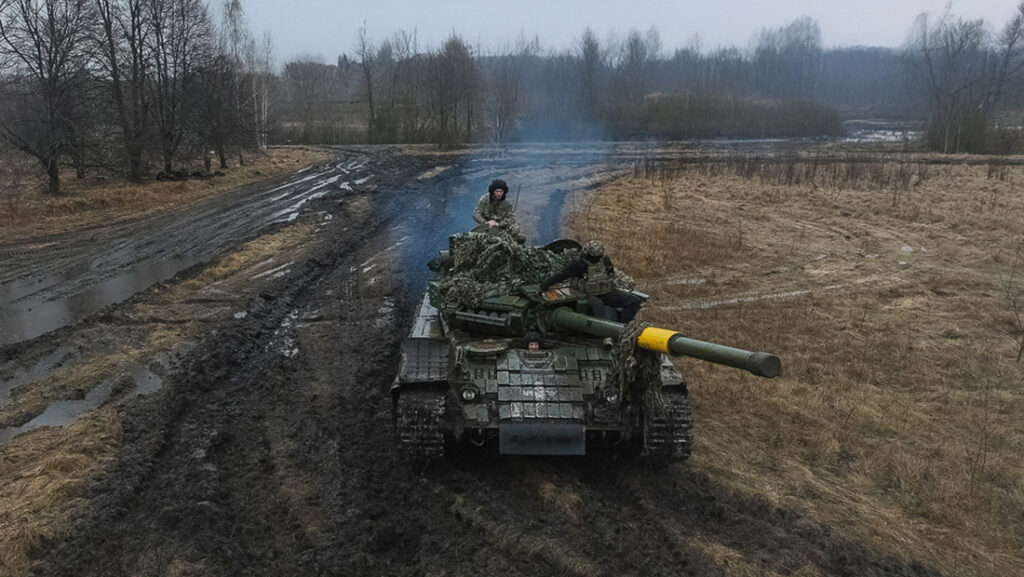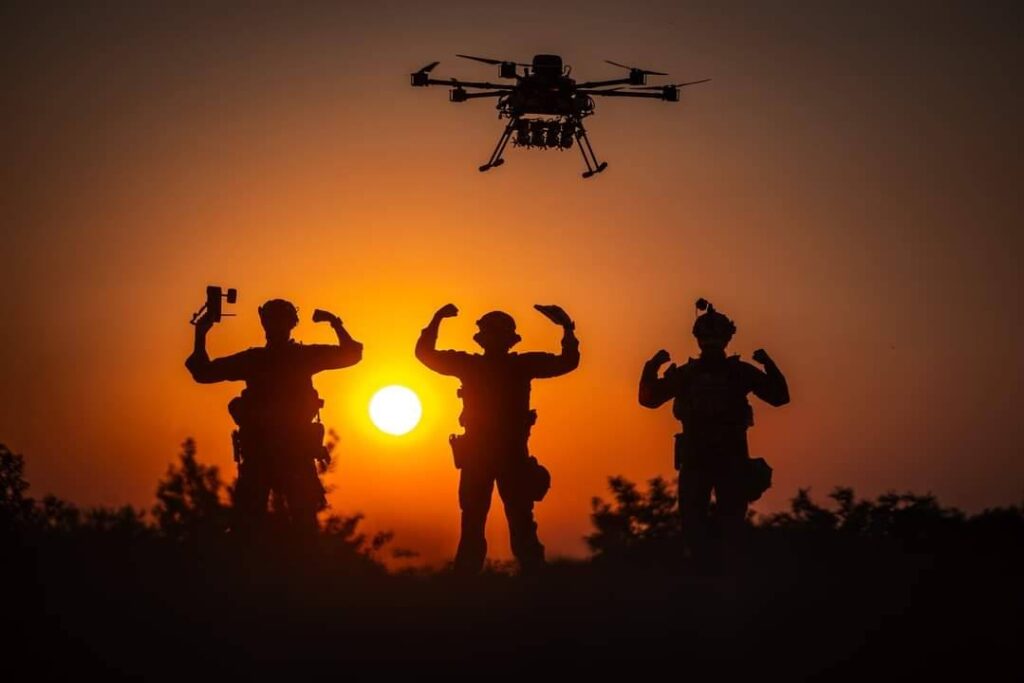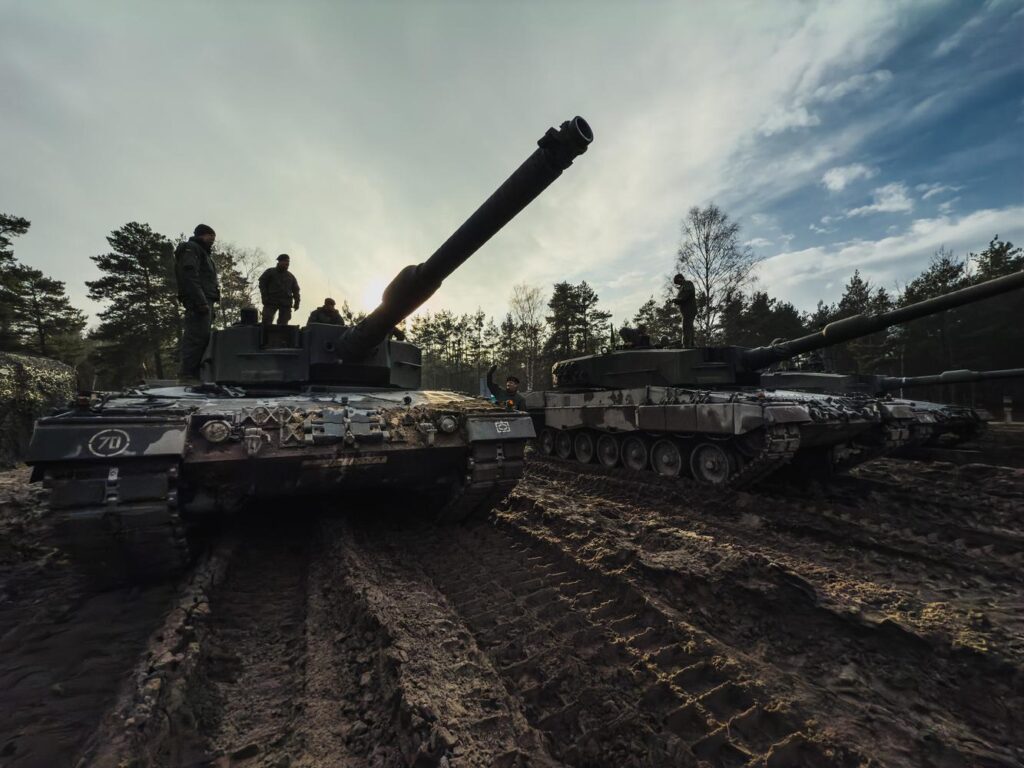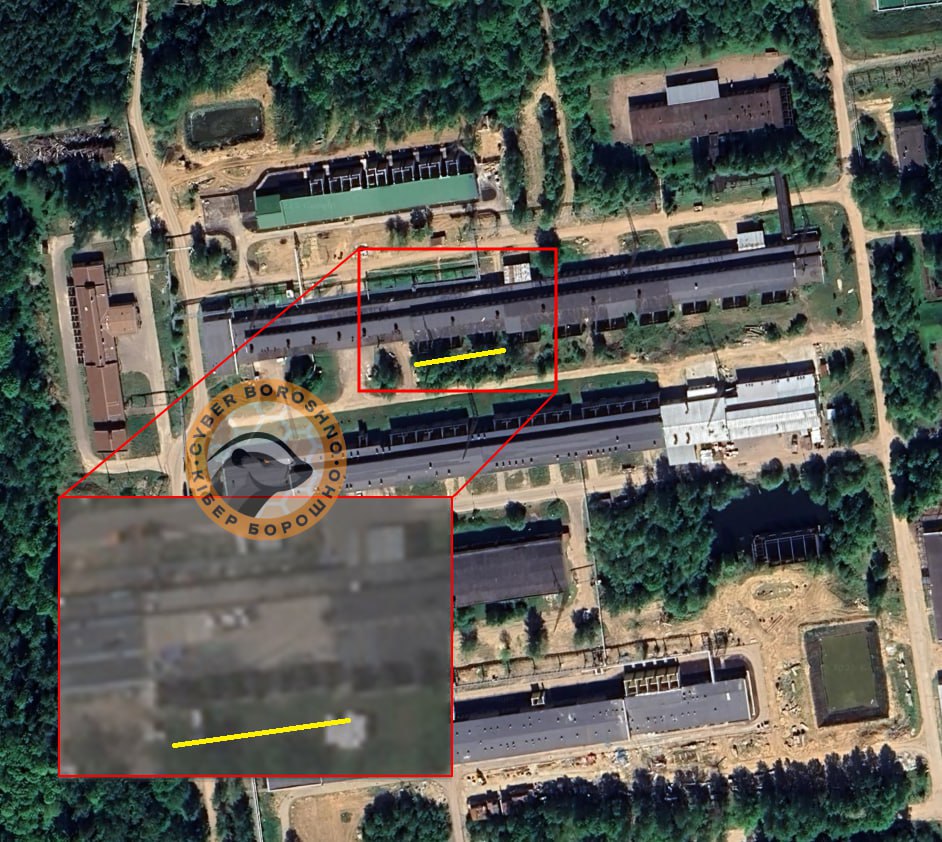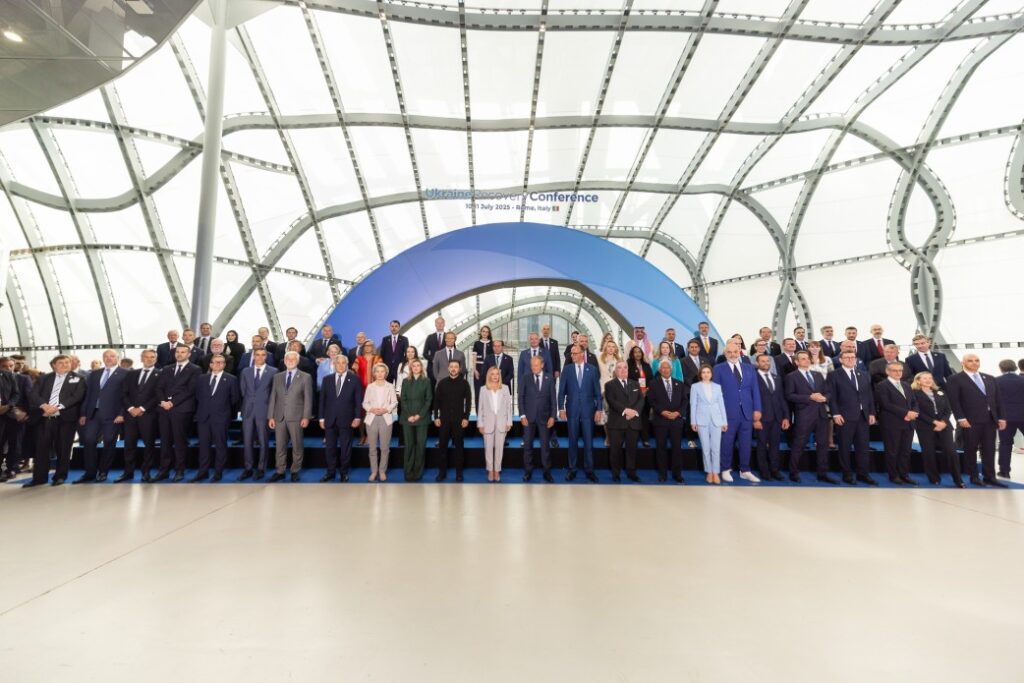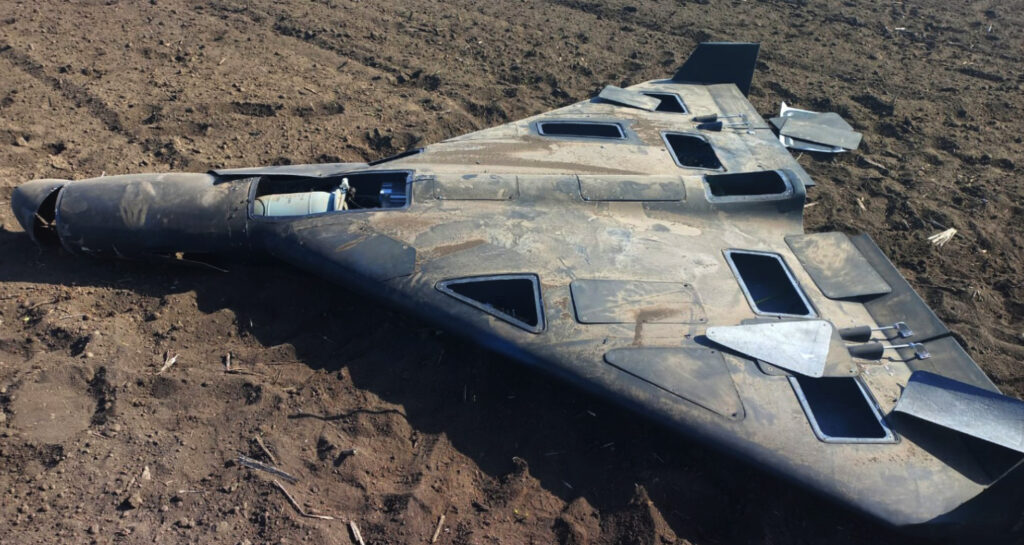In new movie, Czech director takes pro-Kremlin conspiracy theorists , who blamed Zelenskyy for war, to Ukraine
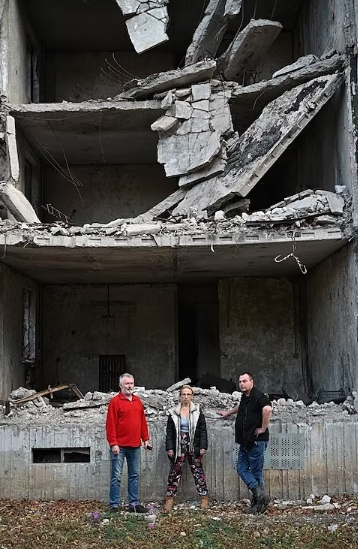
They set out believing Russian aggression didn’t exist. Then they saw missiles and mass graves. Three Czech conspiracy theorists who had publicly questioned the scale and even the existence of Russia’s war traveled to Ukraine as part of a documentary project, according to Gromada.cz.
What began as a skeptical “fact-finding mission” became a confrontation with a reality they could no longer deny. The resulting film, Velký vlastenecký výlet or The Great ‘Patriotic’ Trip, will premiere on 21 August.
The participants, two men and one woman, had openly supported the Kremlin’s position, calling the invasion a “special operation,” spreading disinformation about a media conspiracy, disputing casualty numbers, and blaming everything from President Volodymyr Zelenskyy to liberals and even the EU’s Green Deal.
They responded to an open call by Czech director Robin Kvapil themselves, who used social media to invite skeptics to witness the war firsthand. The film crew accompanied them from Prague to Kharkiv and Donbas, capturing their raw reactions as they came under missile fire, met wounded civilians, visited mass graves, and descended into underground schools in metro stations where children study amid constant danger.
Kvapil said one of the defining moments came when they arrived at the site of a children’s oncology hospital in Kyiv just hours after a Russian missile had struck it. This scene further solidified his intent to confront denial with unfiltered truth.
The team also included security analyst Petr Pojman, psychiatrist Petr Piot, and interpreter Lucie Řehořiková, former head of the Czech Centre in Kyiv, to ensure security and mental support. The production was coordinated with the Czech Interior Ministry and Ukraine’s Security Service.

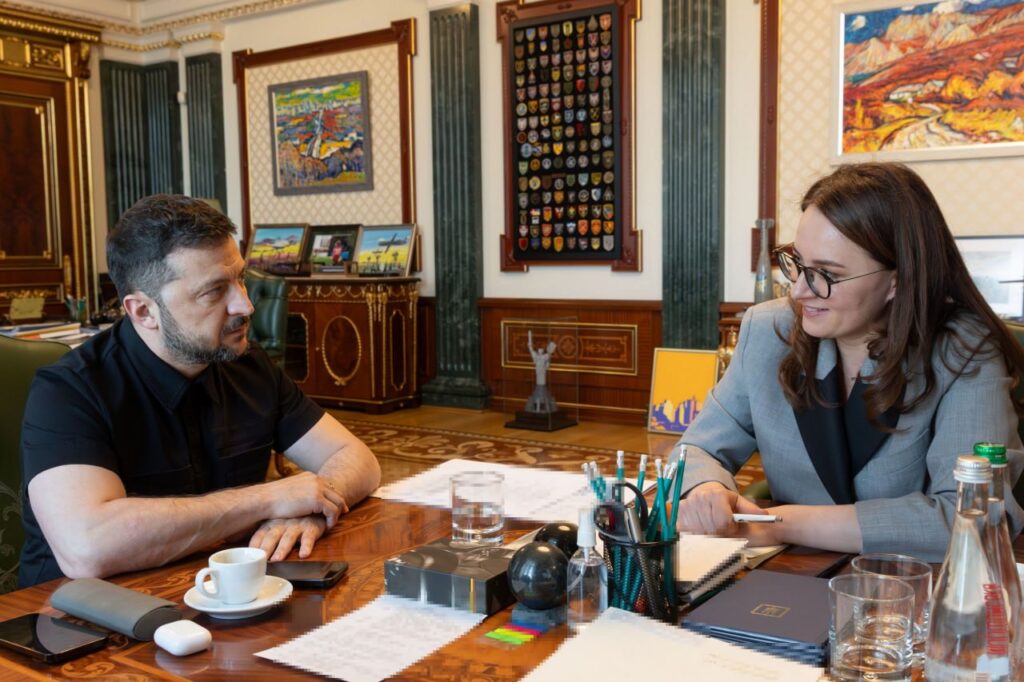
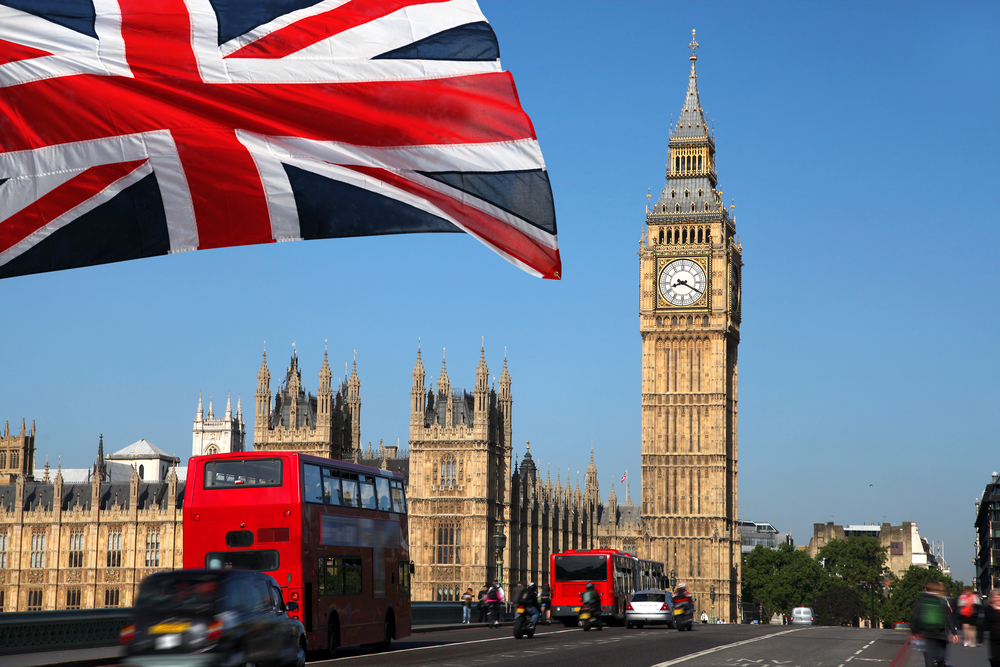
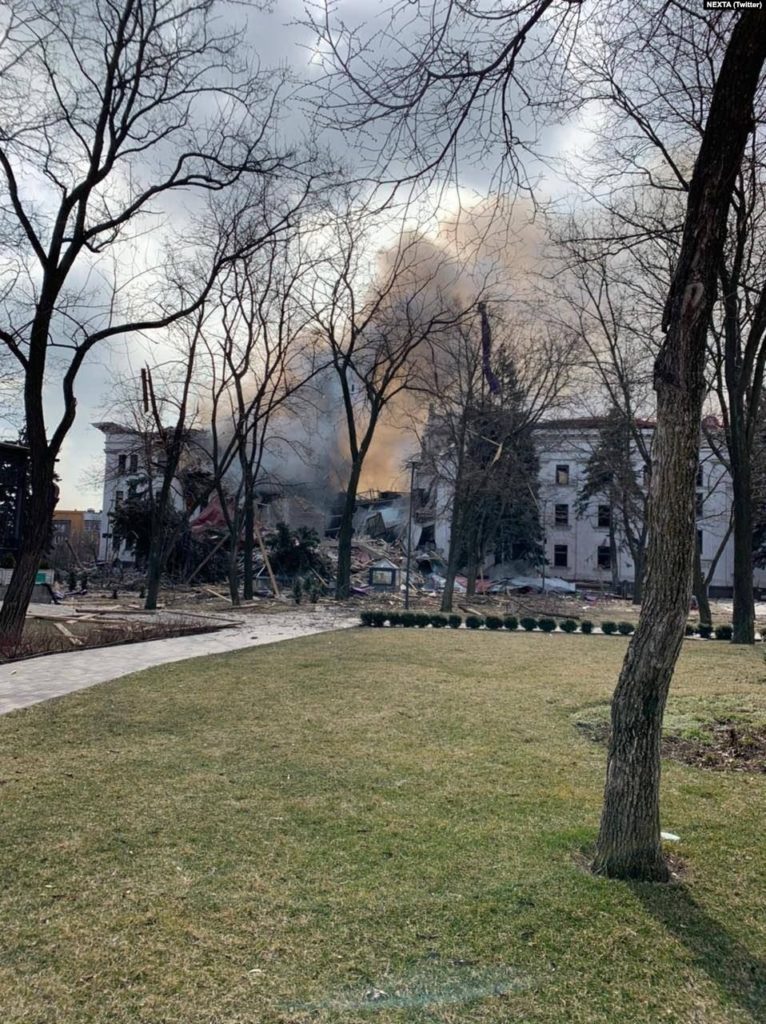
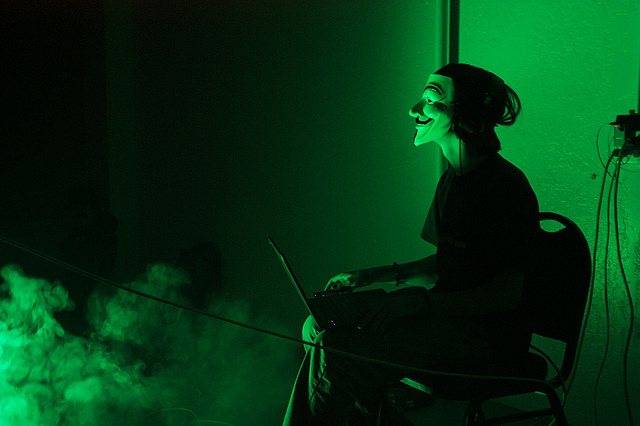
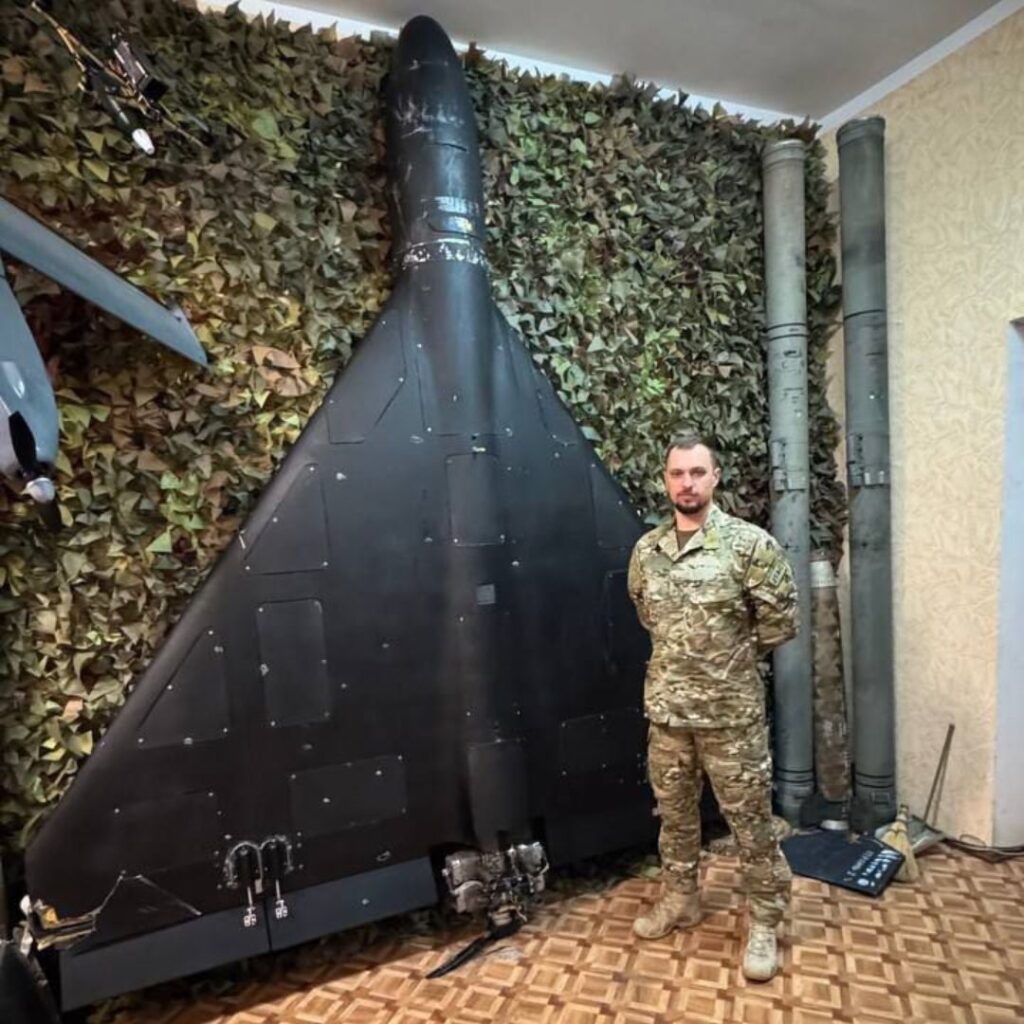

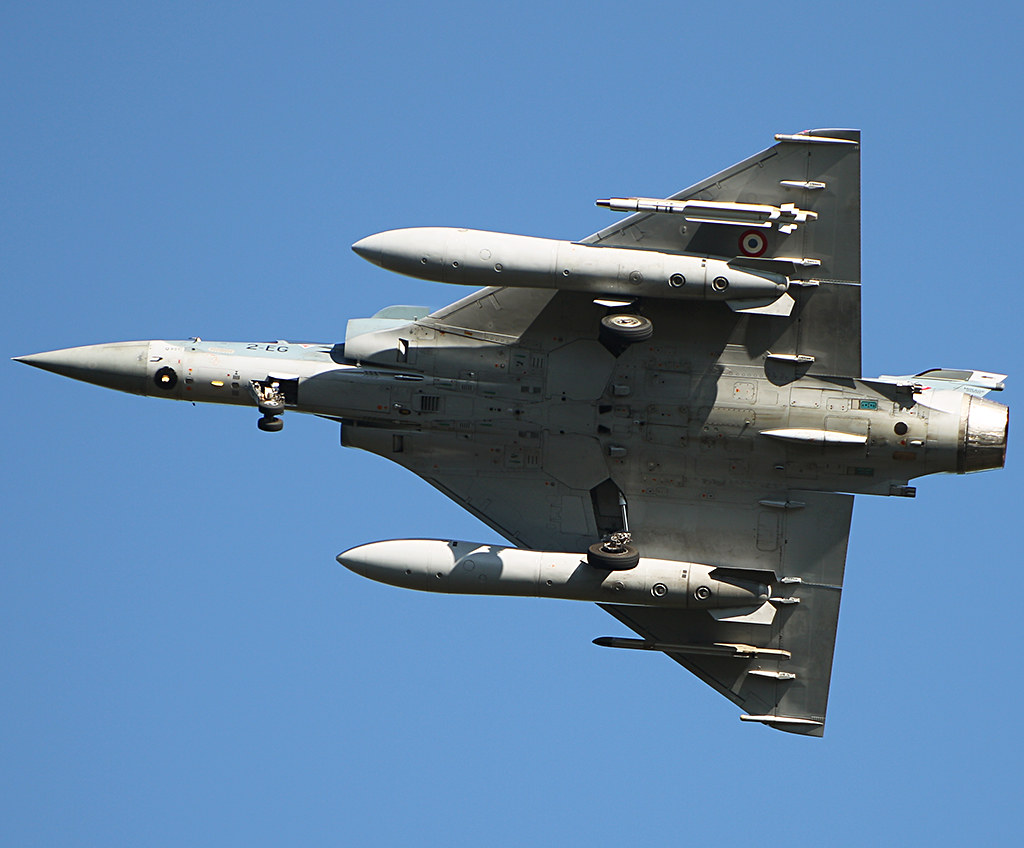
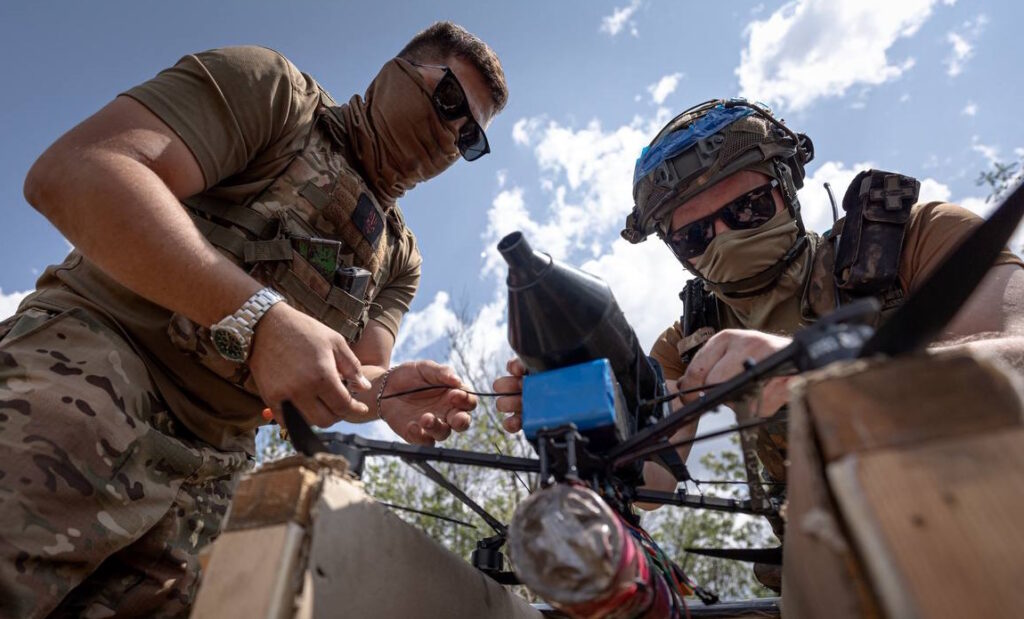

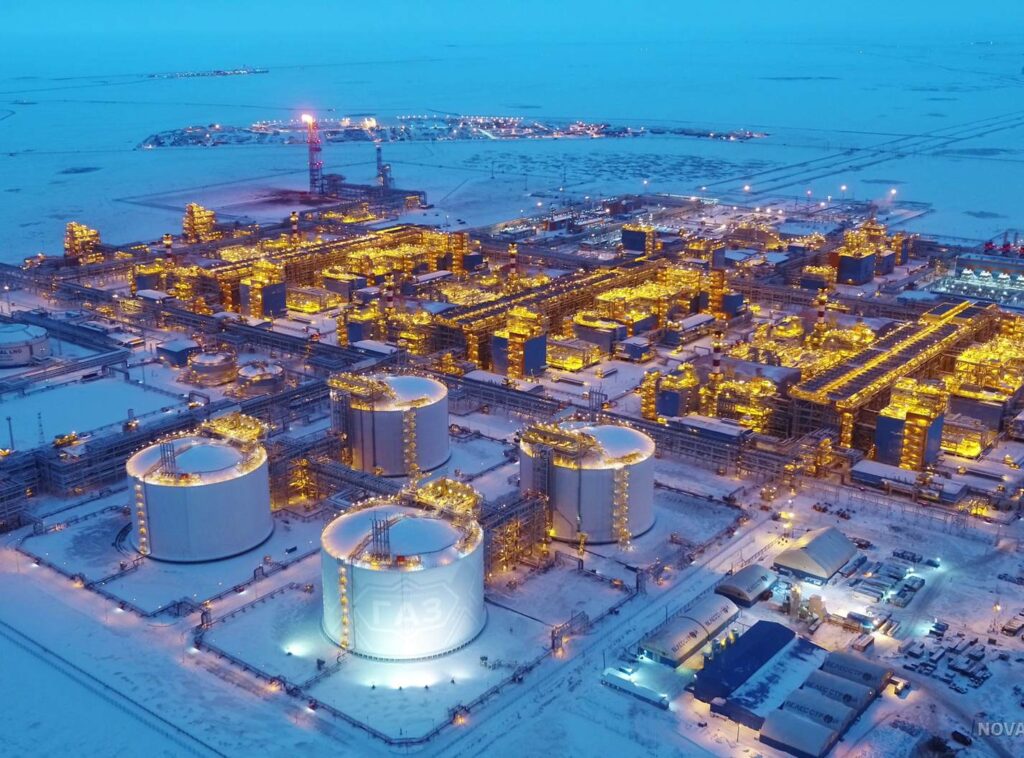

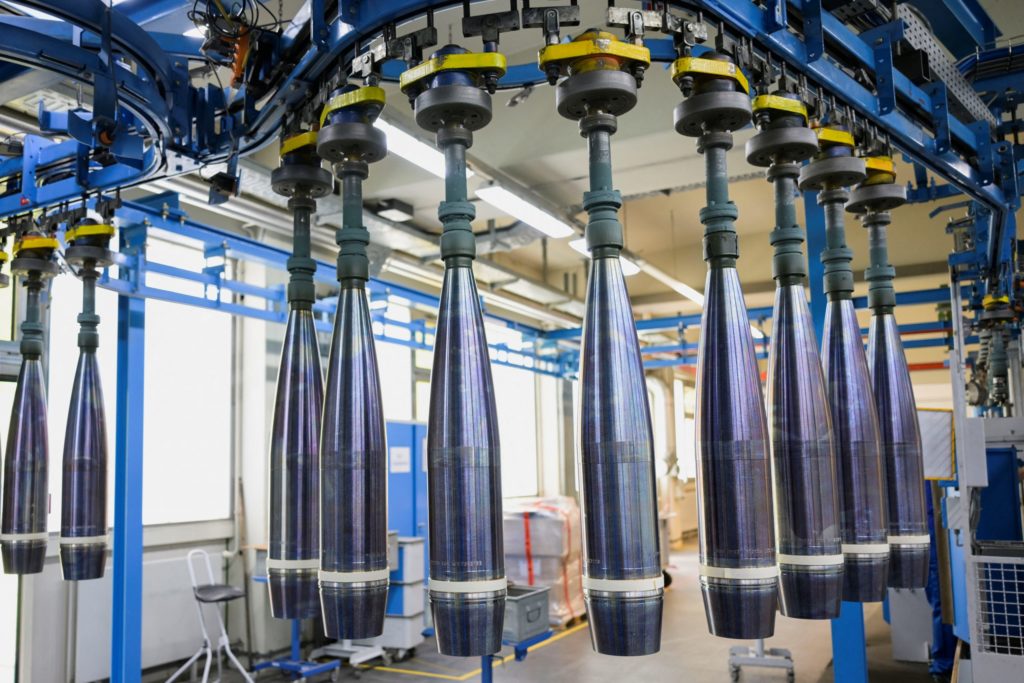
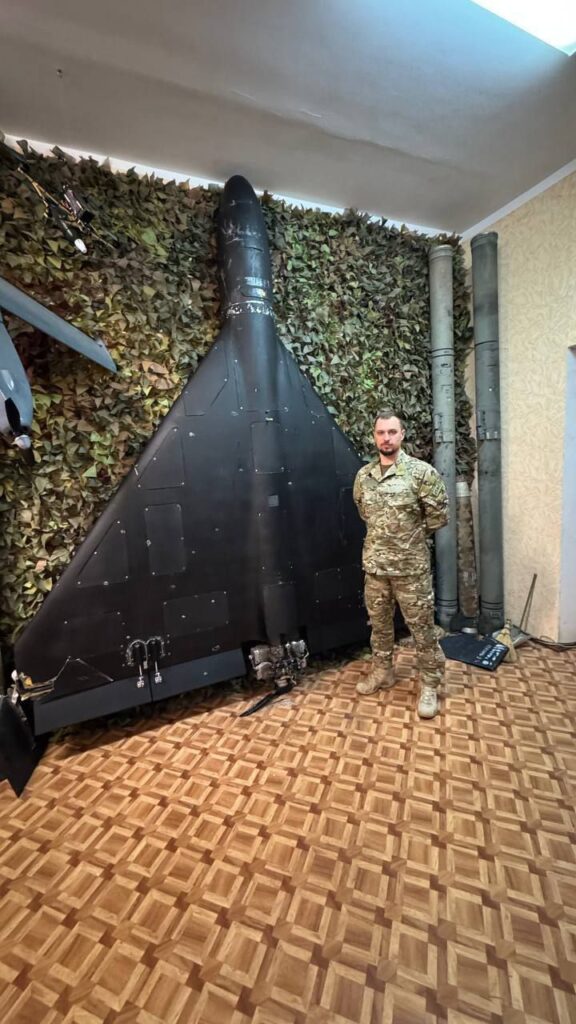
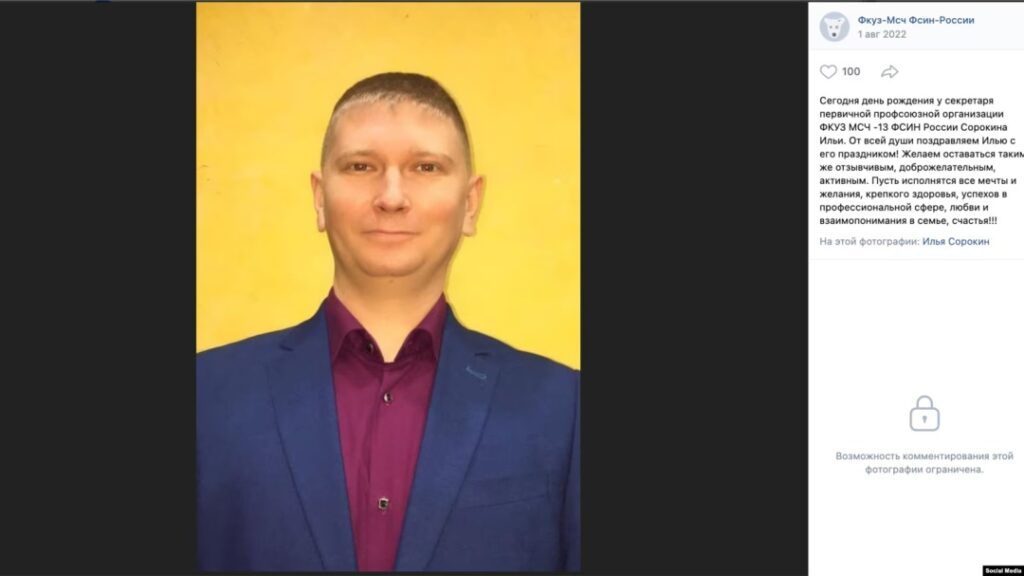


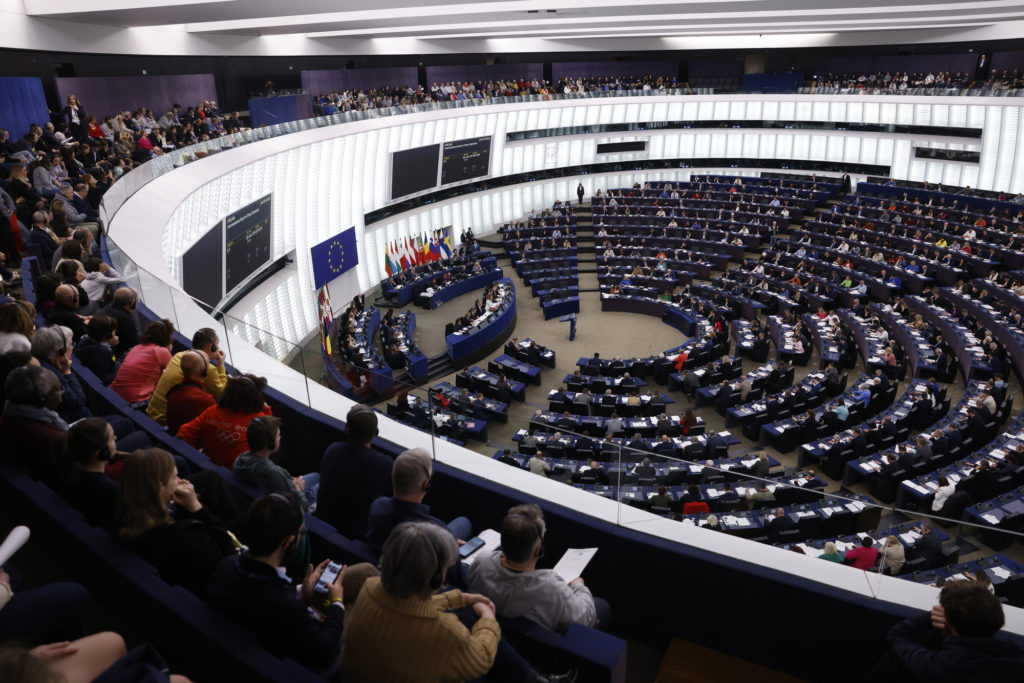
 ambassadors. They may return to the issue on Friday,”
ambassadors. They may return to the issue on Friday,” 